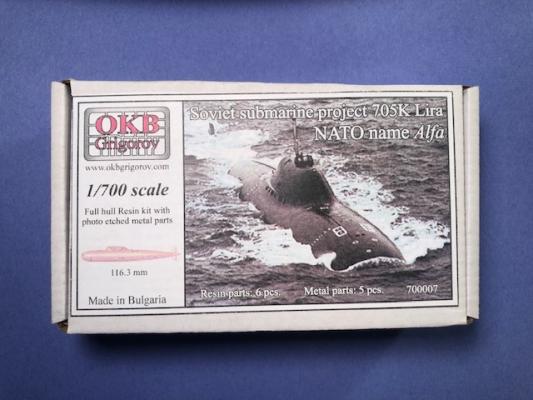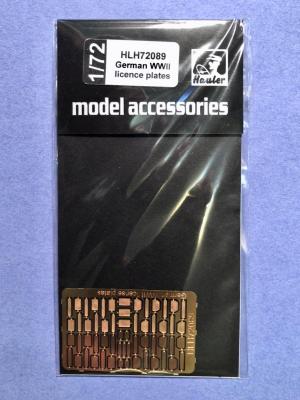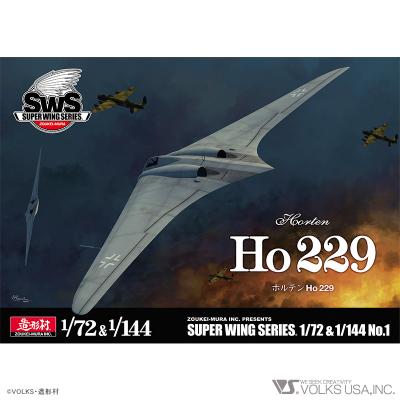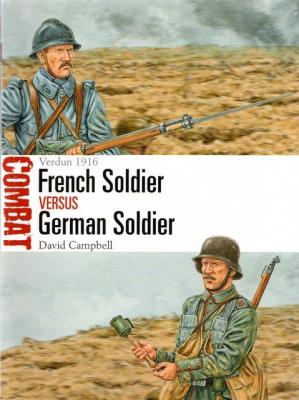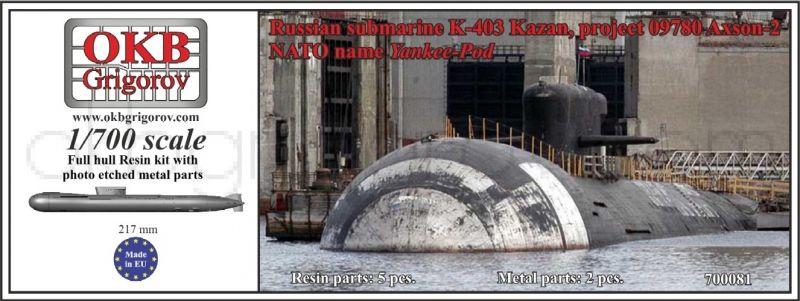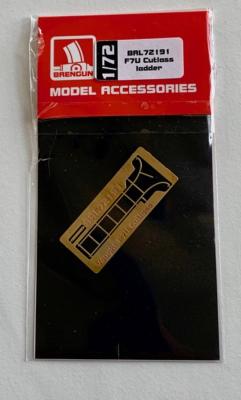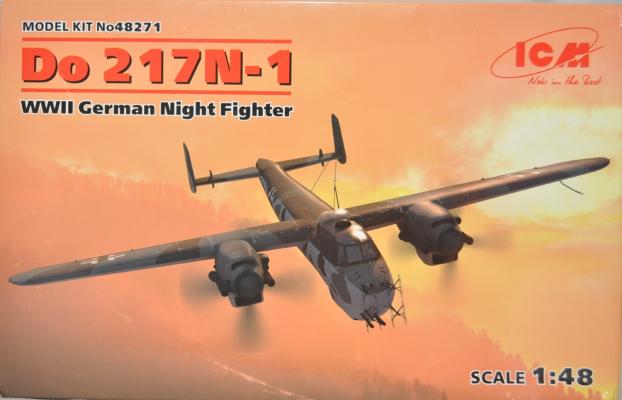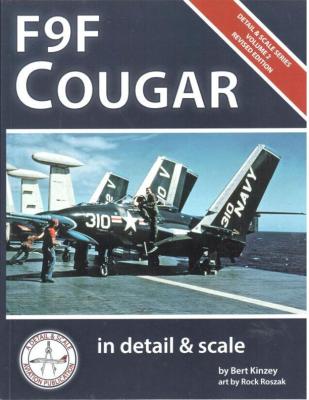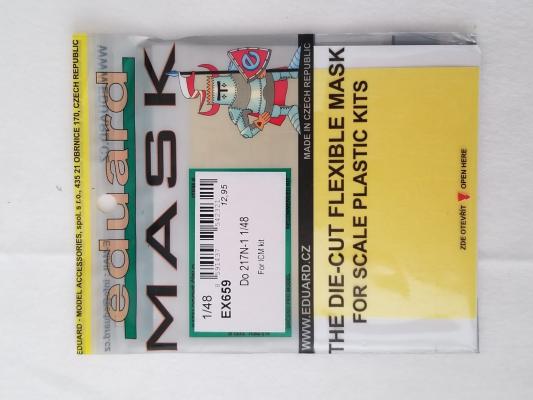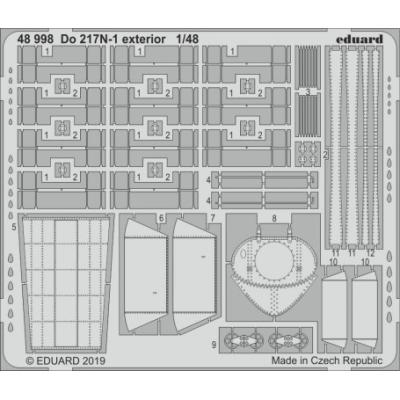Developed following the concept of a titanium-hulled design first seen in K-162, Project 705, or the Lira class, was a small, streamlined double hull design which was built to operate at depths in excess of 2200 feet, and allegedly deeper than 3600 feet. The submarines of this class (seven in all) were 265 feet-9inches in length, 31 feet at the beam, and had a draught of 26 feet-3inches. The liquid metal reactor and two steam turbines could propel the boat at a speed of 20 knots surfaced, or 42 knots submerged. The weapon options included a loading of up to 18 torpedoes or 21 missiles or 36 mines, and the crew compliment was a mere 31 sailors. In addition to the main screw for propulsion, two small propellers were also present for emergency operations as well as slow, quiet maneuvering.
What's New
For those who prefer the smaller footprint of 1/72 scale WWII German subjects, Hauler has released this set of license plates, which look great for their size. While I typically start my reviews with a little history on the item that I am reviewing, when it comes to license plates, there is just not much to write. What I can tell you is that on a single photoetched fret, Hauler provides 58 plates of the three styles used most during the war. 27 of the plates are etched with a raised outer edge, while the remaining 31 are flat plates.
These plates will be an easy item to add to any kit to either replace the plastic equivalent or can be added if the kit neglected to add the plate(s). While no instructions are provided, none are needed as you can replace the kit plate(s) following those instructions for location or using reference photos to install them in the correct location.
(Note: This is a split review of a combination package, I took the 1/144 version and another reviewer is doing the 1/72 kit).
While one can argue whether this aircraft would have truly been a stealthy fighter, the fact remains that it is one of the most intriguing possibilities to come out of the minds of the Horten brothers. Much has been written about their innovative designs, their clashes with Luftwaffe leaders, and the remaining Ho229 at NASM – I encourage the reader to dive into the plethora of research and opinions. But for now, let’s dive into the kit build.
17 light gray parts and one clear sprue make for a quick build – you could literally finish this little jewel in one setting unless you’re a slowpoke like me. The cockpit is basic but in 1/144 with a small canopy, you’re not going to see much of it anyway.
In his organization of this book, Mr. Campbell provides a logical approach to this ground combat at Verdun. The Table of Contents provides for the basic outline:
- Introduction
- The opposing sides
- Bois des Caures
- Mort-Homme
- Fort Vaux
- Analysis
- Aftermath
- Unit Organizations
- Bibliography
- Index
The publishers’ notes include this summary of Campbell’s book:
If there was an obscure or one-off submersible designed and built in the 20th century, you can be sure that the folks at OKB Grigorov, a Bulgarian company, will release a kit. (Check out their website, they manufacture and sell a variety of ships, armor and figure accessories as well).
I asked for this review product as motivation to finish a 30 year old project. On my “shelf of doom” sat a partially completed Fujimi Cutlass which I purchased from the Squadron Shop near Silver Spring, MD circa 1987. Remember when Squadron had “brick and mortar” stores?
While waiting for the package to arrive, I dusted off the Fujimi box and was surprised to discover it was not as far along as I thought. More on this, later.
Kit
The Dornier DO 217N-1 was a German multi-purpose bomber of the Second World War and was produced between November 1940 and May 1944. The DO 217N-1 was a night fighter based on the DO 217 which had powerful armament and radar.
Thank you to Bert Kinzey and Rock Roszak for continuing to bring back a tremendous resource for the modeler and aviation historian, in a print-on-demand format. Thank you to the IPMS Reviewer Corps for allowing me to review the latest Detail & Scale publication describing history, details, and versions of the F9F Cougar. The official title is F9F Cougar in detail & scale, Detail & Scale Series, Volume 2 Revised Edition. This volume is part one of a revised Cougar series first published in 2014 and focuses on aircraft history and details. There are all sorts of new materials in this volume compared to the previous edition. A later revision will include colors and markings of Cougar units.
Kit
The 1/48 Eduard canopy masks kit for the ICM DO 217N-1 contains one sheet of thin die-cut masking tape. There are 31 window masks and additional masks for the wheels. The single-page instruction guide is easy to follow. Each clear kit piece is identified (F1, F2 , F5 & F7) and left- and right-sided masks are mapped to their corresponding position on the diagram for that part. Note: clear kit parts which are not indicated on the masking diagram are not intended to be painted. Masks for the wheels are also clearly identified (D20, D21 and D4).
Reviewer’s Comments
The ICM Dornier 217N-1 kit has a lot of canopy. Luckily, Eduard has produced an excellent mask set to assist the model builder with achieving nicely painted glass and an impressive look for your plane.
Kit
The 1/48 Eduard photo etch exterior kit contains one unpainted photo etch tree containing approximately 40 individual parts. The double-sided instruction sheet is generally easy to follow. Several kit parts will require cutting; these are indicated in red as is standard fashion for Eduard instructions.
Reviewer’s Comments
Your use of this exterior PE kit will depend on how you wish to build your plane. Therefore, I recommend the builder take the following into consideration when making a decision about this PE kit: decide in advance whether you want to have an open or closed bomb bay, if you want to have open or closed cowling vents, and consider your tolerance for fragility.

